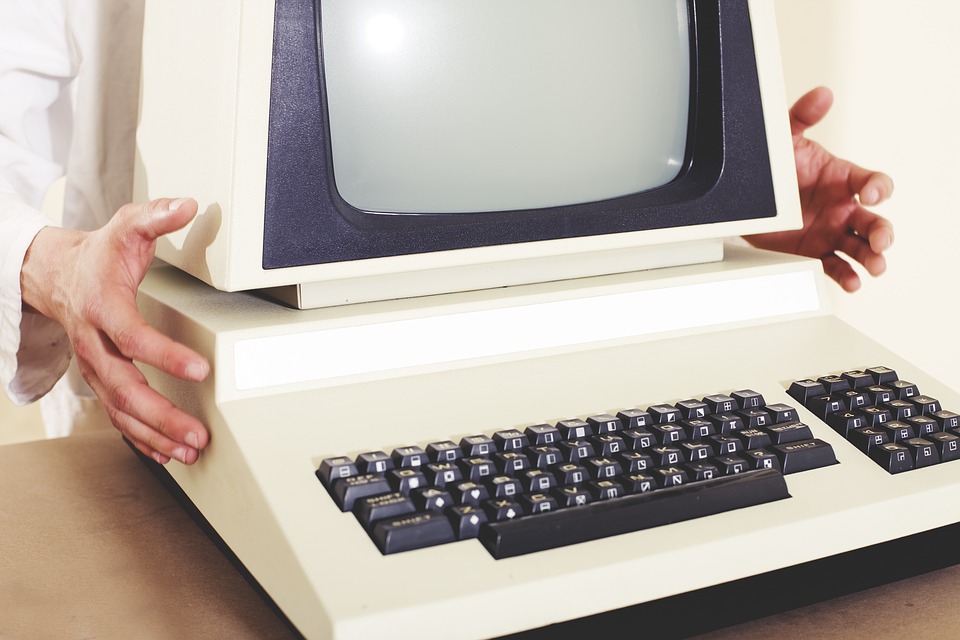Why are we still using the same basic design as the Apple II computer, released in 1977? Forty years is a long time in the fast-moving tech world, yet that is how long we have been stuck with the same PC design.
Is there really no better alternative to wiggling our fingers while sitting in front of a glowing rectangle?
Here at The Sociable we document countless examples of how technology transforms societies at a vertiginous rate. We cannot say the same about PC design, offices cubicles look the same as they did 20 years ago. The “don’t mess with it if it works” mindset is a rare beast in technology, a field where innovation and ease-of-use is king.
This is not to say no progress has been made: Bluetooth-enabled speakers and headphones let us enjoy music from streaming services from any position we deem comfortable. We can speak to personal assistant apps and dictate memos to speech recognition software with great results. We can hold virtual meetings from home or a cafe, and order tacos at midnight without having to talk to another person.
People need to be able to work quietly together, at least until remote work becomes commonplace. An open-floor plan office with 50 people dictating loudly, blasting Ariana Grande from across the room while walking around working frantically on their tablets might not be a great idea, and would bring the productivity of programmers down to that of the average Redditor.
The main offender is the keyboard: that dirt-hoarding, carpal-tunnel inducing, language-dependent, perversely obsolete contraption. The ubiquitous QWERTY keyboard is a completely arbitrary and inefficient layout, and highly praised alternatives like Dvorak increase typing speeds a mere 6%. Split keyboards and other alternatives relieve strain on wrists and hands only to a certain extent.
Typing is indeed a hard-learned skill we resist replacing, but it is nonetheless a clunky solution to input information. Theories on changes in the design paradigms describe well the deep change in society that allows for a new design to become the norm. PC design, however, is an endless graveyard of solutions like gloves and helmets, that never caught the attention or R&D support of large manufacturers to charm the public.
While self-driving cars are around the corner and dealing with a plethora of safety concerns, far less life-threatening devices continue unchanged, poking at our daily comfort. Computer screens, another great transgressor in ergonomics, are the one item we thought would have been replaced by headsets or projectors by now. The inadequacies of the prevalent PC design are self-evident: few people remain ache-free when working eight hours everyday in front on one.
But perhaps we simply ask for too much from a single device. Innovative solutions tailored to specific needs, such as e-ink screens, show that better solutions are possible with out-of-the-box thinking.
Not surprisingly, we will continue to use these devices in the following decade, as virtual and augmented reality are on the verge of going mainstream and revolutionizing the way we interact with computers.
What is surprising is how we condescendingly chuckle at Space Invaders’ graphics, ignoring that the promise of realism of our 4K games is delivered on what is essentially the same setup as in the late 70s.












